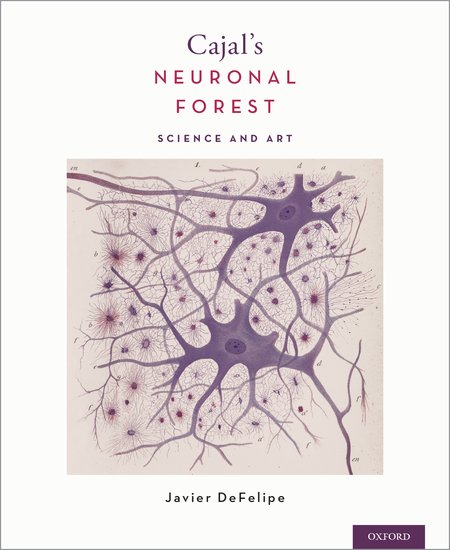This beautiful book would grace any coffee table, and grace a neurologist’s coffee table most of all. Its illustrations are truly captivating, and the reproductions of Ramon y Cajal’s work can be appreciated all the more because they are presented alongside many other historic drawings, as well as photographs and artworks.
By way of proof that your reviewer read with care, I can comment that I enjoyed seeing Hieronymus Bosch referred to by his Spanish name of El Bosco. I can also confirm that the use of ‘shined’ as the past tense of ‘shine’ in the foreword seemed especially inelegant only because it appeared in this most elegant of volumes. In general, however, the text is very impressive in developing the Neuron Doctrine. It provides a comprehensive account, incorporating contributions from Cajal’s predecessors. It describes the role of Golgi – an opponent of the Neuron Doctrine (believing instead in the neural network model) despite the fact that his staining method, harnessed by Cajal in particular, was crucial in establishing it.
The latter part of the text, before the gallery of images in the second half of the volume turns to links between neurohistology and the arts. Inevitably this section is less authoritative than the preceding ‘history of science’: I’m not sure even that an authority on this subject matter exists. The influence of artists on the way Cajal and others presented their work is explored. The specific points seem highly conjectural but the general effect must be real, I think. I would have liked to see slightly more attention to the reverse effect, however. That is, artists being inspired by scientific drawings. And of the paintings where the aesthetic of Cajal’s drawings may be discerned, perhaps those of Joan Miró are most convincing.
Would I recommend this book for practice-changing education? Perhaps not. Certainly, I’d keep such a beautiful book well away from any impressionable young relatives you wish to steer away from any career in the neurosciences. Apart from that, it’s great.

